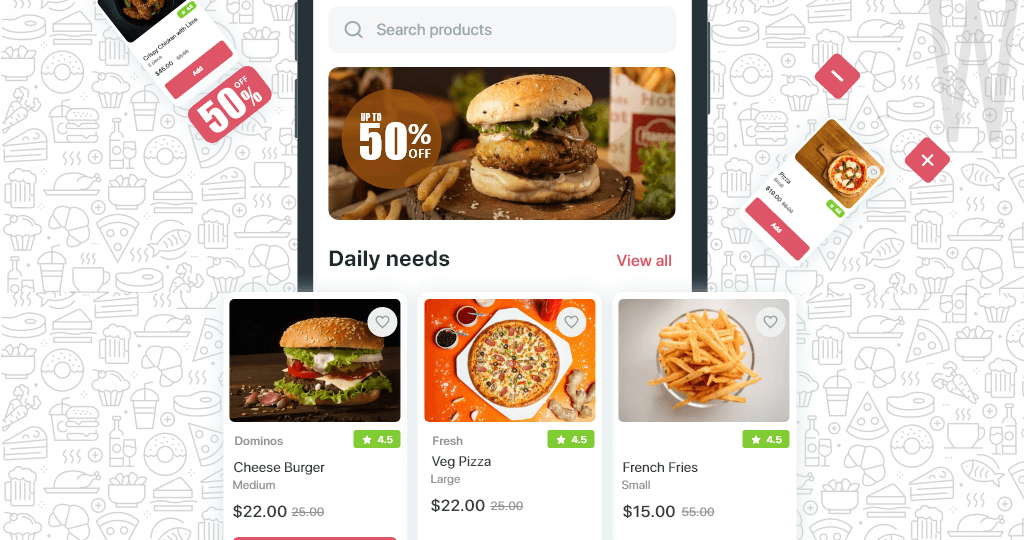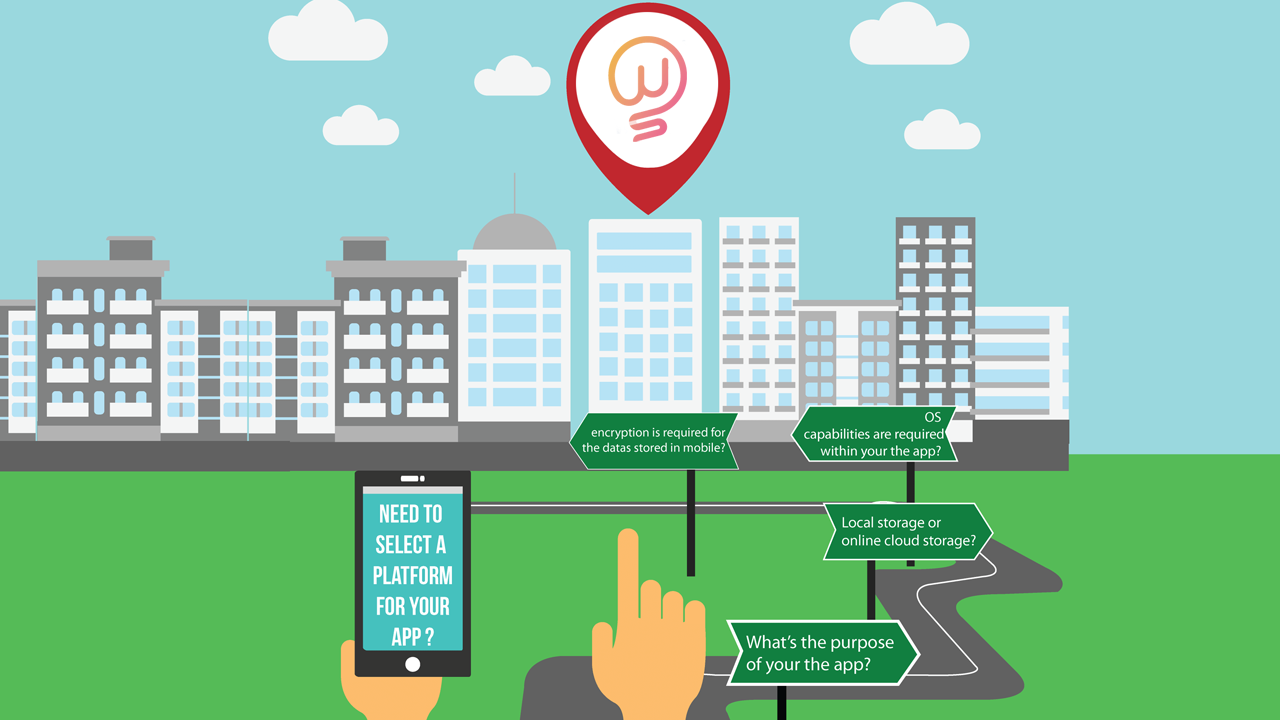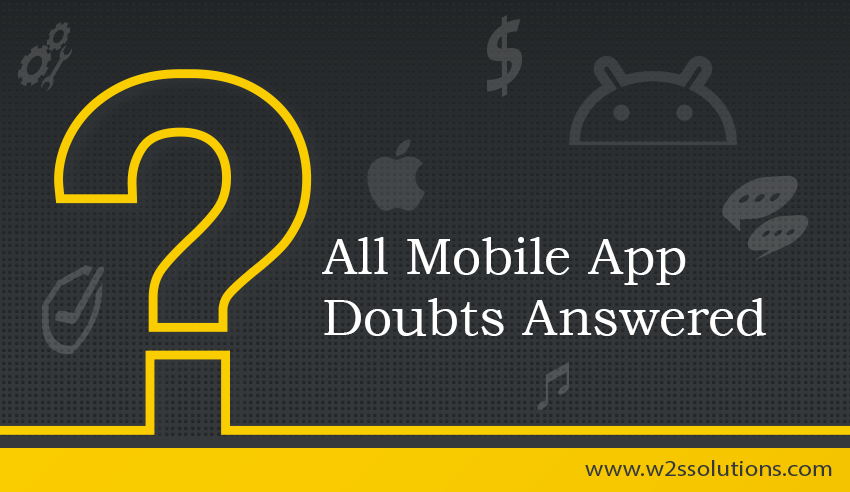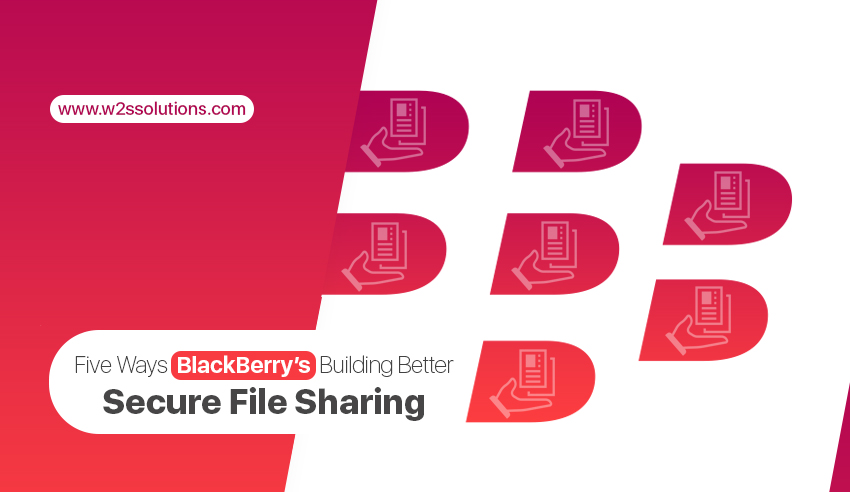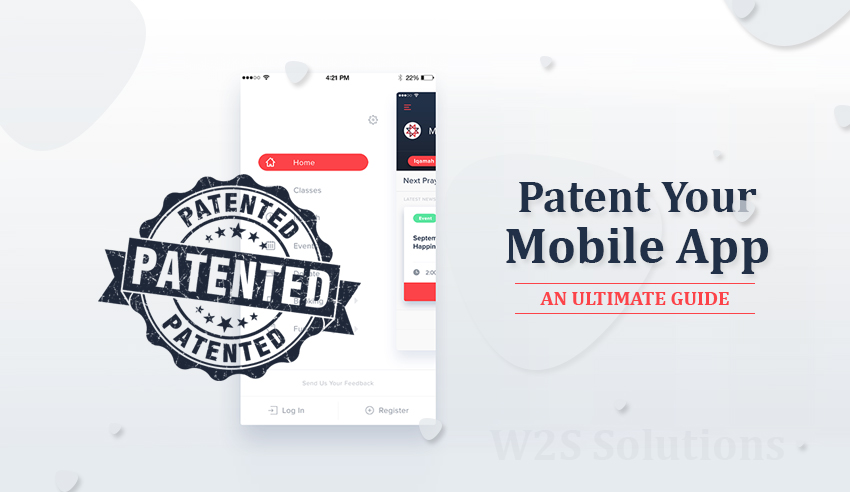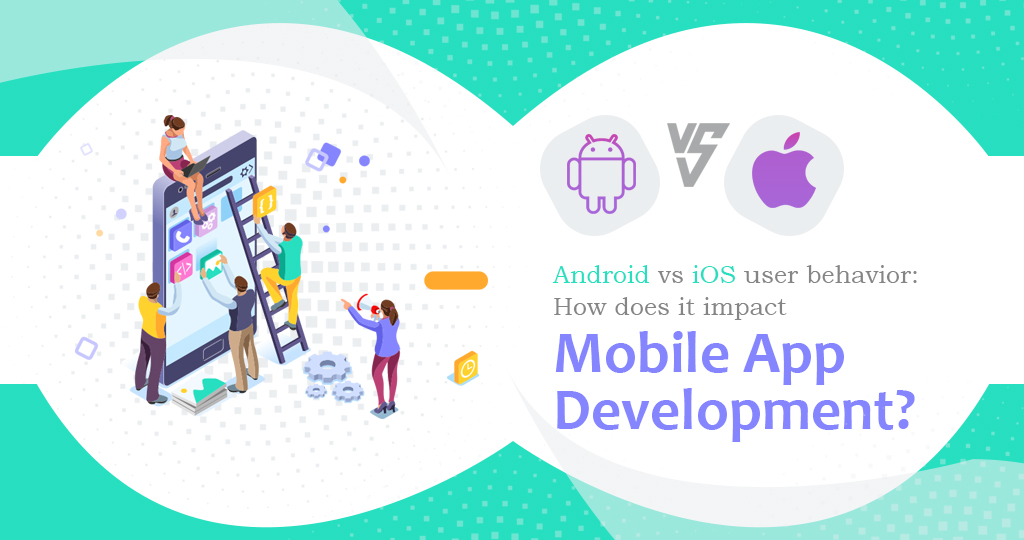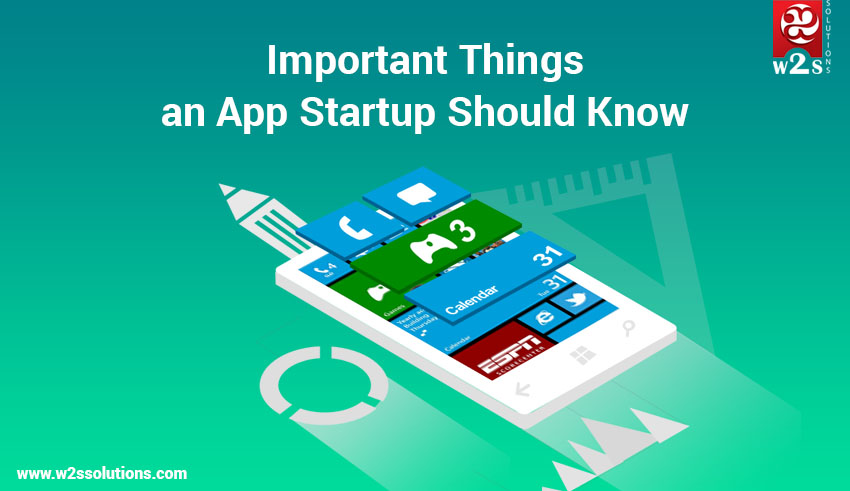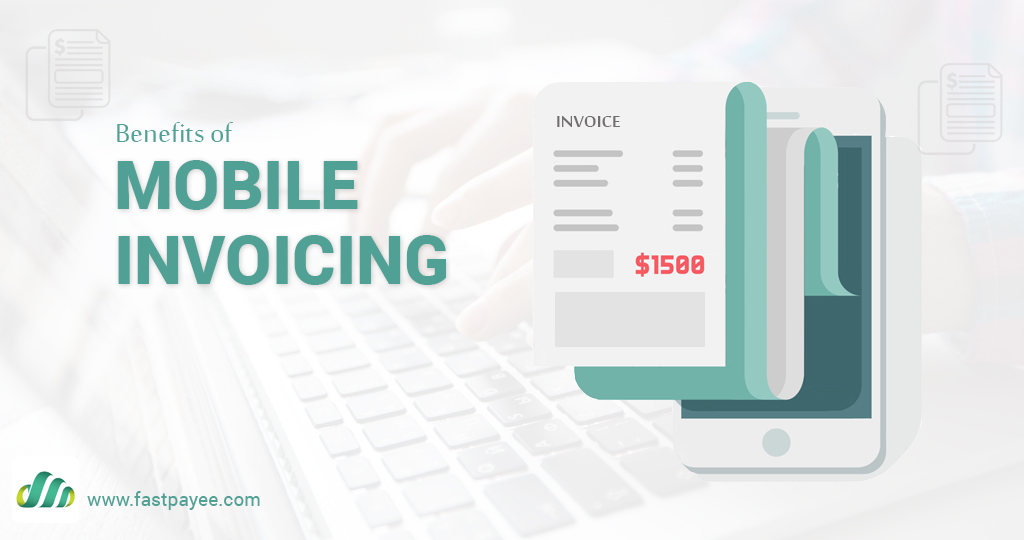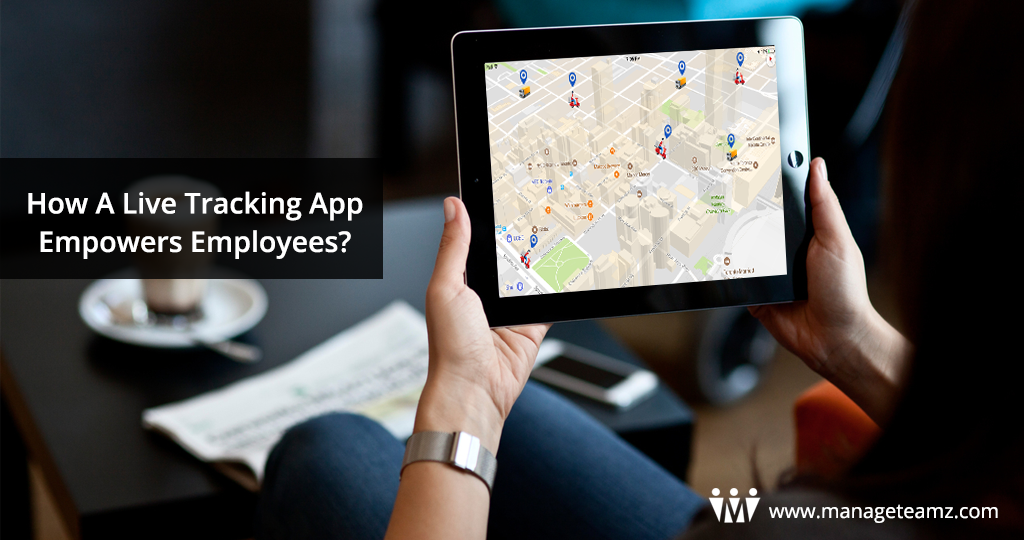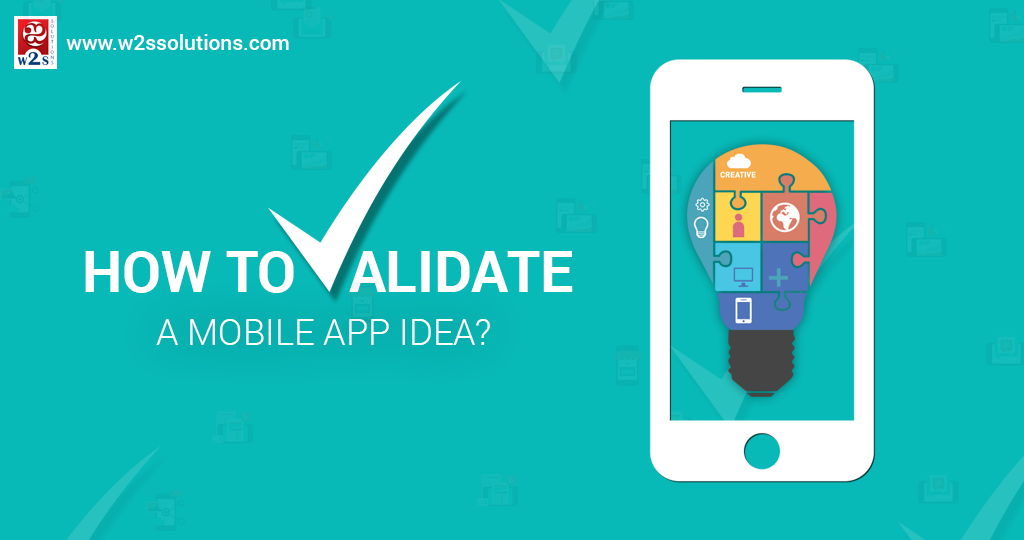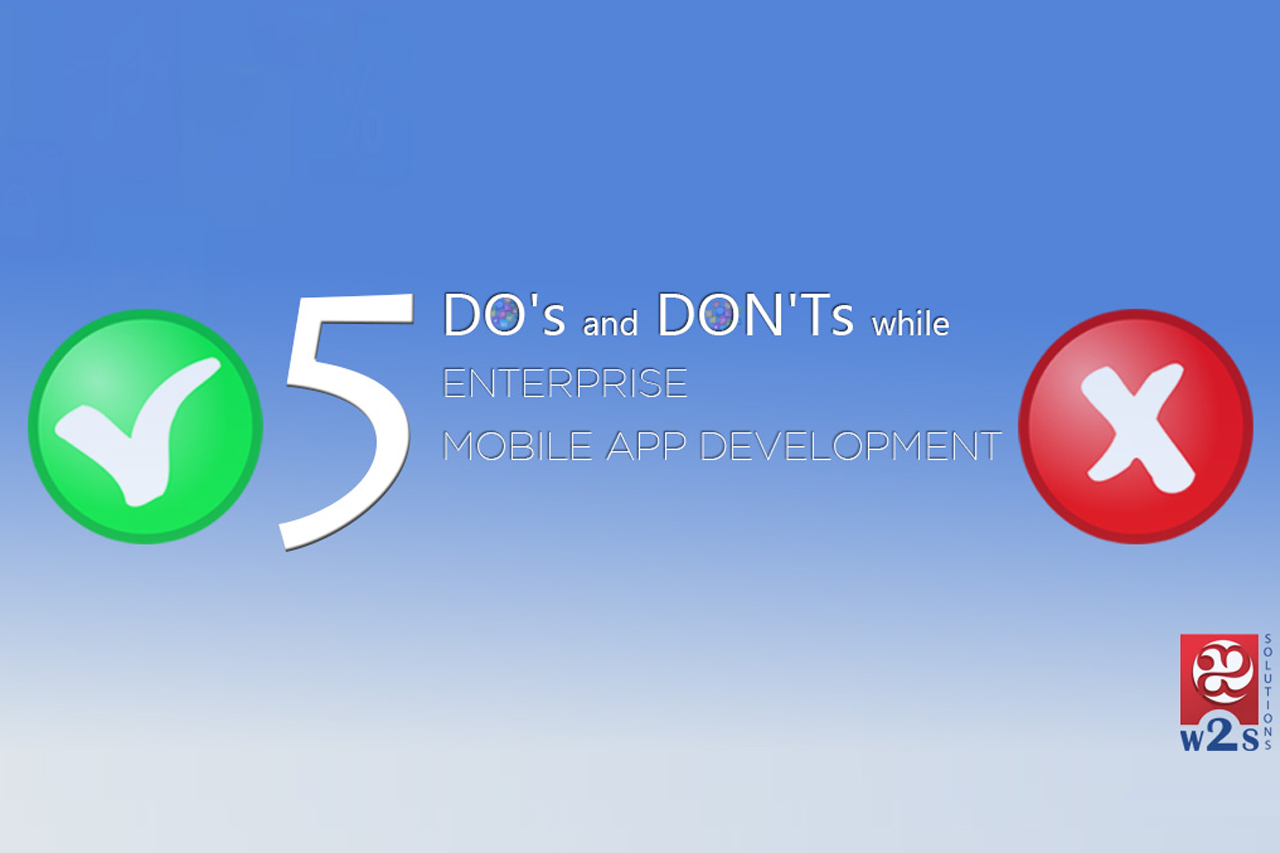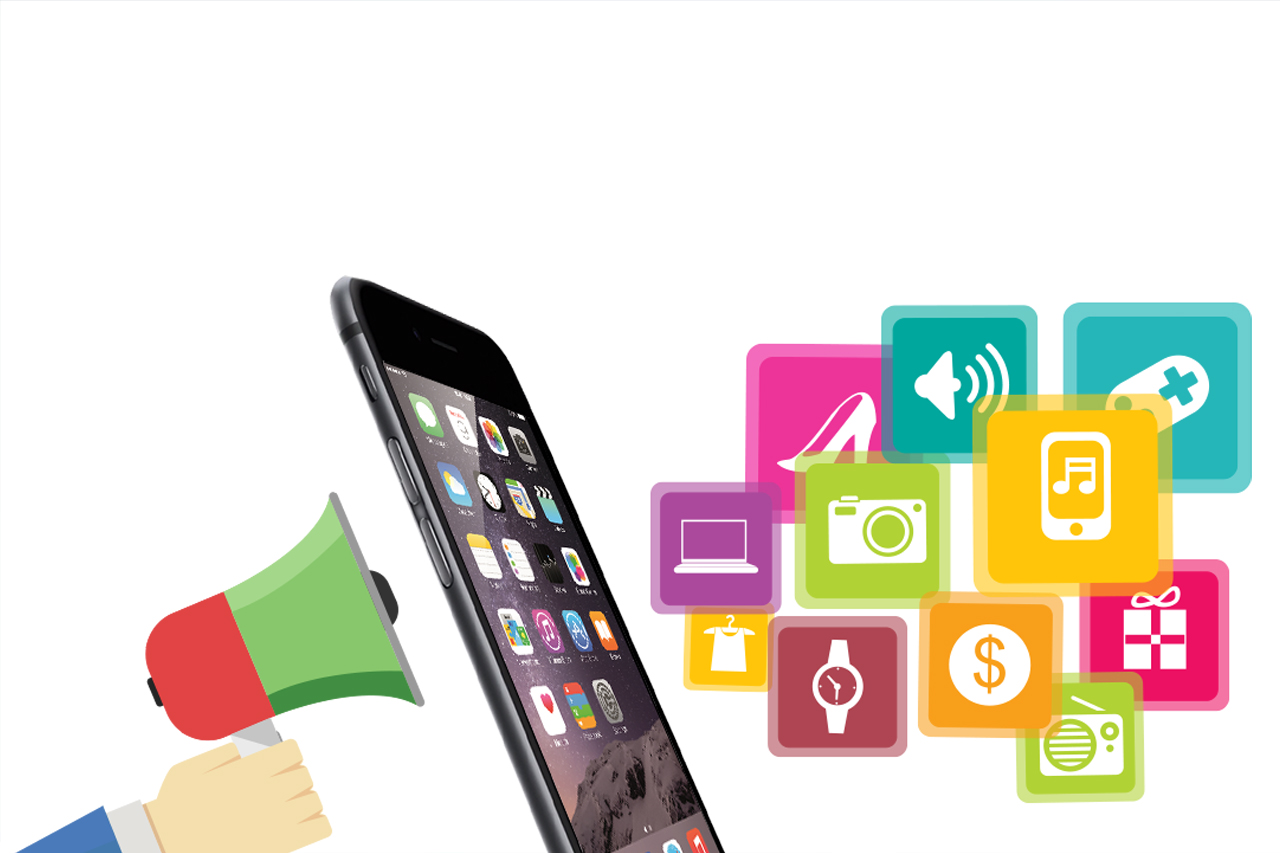TABLE OF CONTENT
Right here.
If you are worried that someone may take your intellectual property from you and use it before you have a chance to publish it as yours, then this guide will give you an idea of how to patent your app idea.
But, you may wonder if it’s possible to patent an app. The answer is a resounding yes.
Several startups and business owners support obtaining patents for app ideas to prevent others from creating a patent on their original idea. And this is serious business for everyone, including you. So ensuring your app idea is original and novel, is important to ensure you are not inadvertently subject to legal actions. And once you have an app based on a novel idea, patent it.
It is necessary to patent an original app idea to protect it from imitators in the market who could try to steal it. But, for your app idea to be protected by a patent, it must be novel and unique. An app idea should be patentable to prevent market copycats from stealing it.
But, how do you patent a mobile app? This is one of the most popular queries made by startups and business owners before beginning their mobile app development process.
In this blog, we will go over the complete method of patenting a mobile app and how you can leverage the expertise of a experienced mobile app development company.
What Does Patenting a Mobile App Mean?
By filing a patent, you can prevent anyone from using your app idea without your permission. It is a type of intellectual property legislation that gives you the authority to keep other people from misusing or copying it.
Therefore, if you have obtained a Copyright idea, you can prevent people, groups, and businesses from exploiting your idea without your permission. Getting a patent is only the first step though; you must renew the agreement after a specific period if you want to keep it in effect longer. Otherwise, others will be eligible to copyright their idea, barring you from claiming copyrights on your previously patented application.
Getting a patent on an idea: 5 steps
To patent an app idea, adhere to these 5 procedures.
Step 1: Determining the kind of app patent you need
You must choose the patent kind that is most appropriate for your mobile application.
Utility patents: These types of patents protect the practical elements of discoveries or new products. A utility patent is probably the most appropriate form to pursue a mobile application patent.
Patents on designs: Get a patent protecting the aesthetic features of any invention or product.
Step 2: Carry out a thorough patent idea search
To prevent any unanticipated infringement from other businesses, conduct global research. The likelihood of your patent being issued quickly will be increased if there are no other similar applications or patents.
Step 3: Prepare and submit your patent application
You can start the patent application procedure once you have determined whether or not your app idea has already been patented. To assess whether your app idea is original and non-obvious, be sure to include comprehensive information about your app in the application.
Step 4: Promptly respond to any official actions
The patent ideas that you submit will be studied and once the payment for the patent application has been made, your application will be approved. There is a risk that the examiner will issue a written office action asking for more application-related communication. To prevent any process delays, it is crucial to attentively and promptly respond to the action request.
Step 5: After your app is patented, pay the maintenance fee
To keep your app patent alive, some payments must be paid monthly or yearly. These payments are like subscriptions for your copyright claims. If you were to default on a payment after a select period of time, your original patent application will be void.
Now that you know how to patent an app idea, allow us to walk you through some more crucial queries that may help you decide whether to patent ideas for your app.
How is it justified? Why do you need to apply for a patent application
A smartphone app needs to be completely protected by the law, that much is obvious. Also, the official patent grants claimants the opportunity to receive compensation for any violation of the applicable patent law for your app. If you discover any copies of your original application, you have the right to file a lawsuit against the person or business that first released it. This ensures that your mobile app idea wouldn’t be commercially exploited by a third party.
Are there alternatives to obtaining a patent?
1. Copyright information
A common discourse is whether copyright law applies to apps for smartphones. Like copyright, IPRs also fall under this category but are slightly different. The inventor or creator of any work, including literary, artistic, musical, educational, or computer programs, is subject to a set of copyright laws that provide them the right to publish or replicate their work, make copies, etc., whether it has been published or not. This does not preserve the concept itself but it can help you patent ideas. The app itself cannot be patented in this situation because the app logo does not cover any facts, concepts, structures, or operational procedures.
2. Branding
While a trademark protects words, phrases, symbols, logos, or other devices that identify the originator’s goods or services and prevent other rivals from using them, patents prohibit the manufacture or sale of a protected invention by third parties. Consequently, a trademark can be applied to your application’s logo to stop competitors from stealing it and confusing customers.
3. Confidentiality pacts
The NDA is a contract that you and your application development company sign, typically with the assistance of the team members on your project. The mobile app development company you work / worked with is obligated by law to maintain the secrecy of your app’s technical details and definition.
Required paperwork for obtaining a patent on your mobile apps
To patent your mobile app idea, a ton of documentation must be submitted. This is a list of the paperwork you need to submit to patent your mobile app concept.
- Pledge/Declaration
- Entity Form
- Specification for Status Form
- Claims
- Statement
- Data Disclosure Claims
- Drawings
- Applications Data Sheet (ADS) Drawings
- (For Foreign Filings) Patent Cooperation Treaty (Optional)
- Income Statement
- Cover Sheet
How to check if something is patented?
Unless and until you find evidence for it, you can never assume that your app idea is wholly original and novel, as there are millions of people looking for original app ideas – many of them entrepreneurs or hobbyists. There is a possibility that they have previously registered the app concept you are considering.
Checking to see if your app idea has previously been copyrighted by someone is the easiest approach to put an end to any uncertainty. You must look for your proposed mobile app idea in the database of issued and pending patents. For this, you must conduct an in-depth investigation; otherwise, you risk having the wrong idea for your app and having a lawsuit filed against you.
Whatever nation you are in, they will have a working database with a comprehensive list of all the ideas for patents that are currently pending or listed. You can use that to verify your app idea is novel. If someone has previously patented your app idea, there is no reason to panic. Your objective is to carefully examine the current patent to determine what you can do differently. Please don’t give up because there may be many ways you may improve the patent by coming up with something new to change it.
What type of patent do I need for an app?
Applications for idea patents fall into two categories:
- Temporary mobile application
- Mobile application that is not provisional
Try to obtain a non-provisional app patent for your app concept before the 12-month grace period for provisional mobile app registration expires. Post filing, the non-provisional app patent registration process for your mobile app will take roughly 18 months, and it will take 24-28 months to obtain a patent. The costs for registering a non-provisional app patent are higher than those for registering a provisional app patent.
Conclusion
It is critical to patent an app idea protect it from marketplace copycats. Fortunately, there is intellectual property law, specifically patent, trademark, and copyright law, which protects your mobile app ideas. Many business owners and founders of startups think that patenting their app ideas will prevent others from producing, using, or selling them. Whether, or rather, when you should consider patenting ideas relies on you.
If you firmly believe that your concept has the potential to be an invention, you must patent your software. The process might be a little challenging, but it’s less time-consuming than dealing with clone apps that steal and violate your company’s intellectual property or going through patent infringement litigation.
If you want to patent your mobile application, you must contact the experts for assistance. Whether or not you should consider patenting your mobile application is also determined by your needs. W2S Solutions is the leading mobile app development company that offers a wide range of development services that meet your business requirements.
Frequently Asked Questions
Get inspired!
Subscribe to our newsletter and get updates on how to navigate through disruption and make digital work for your business!


